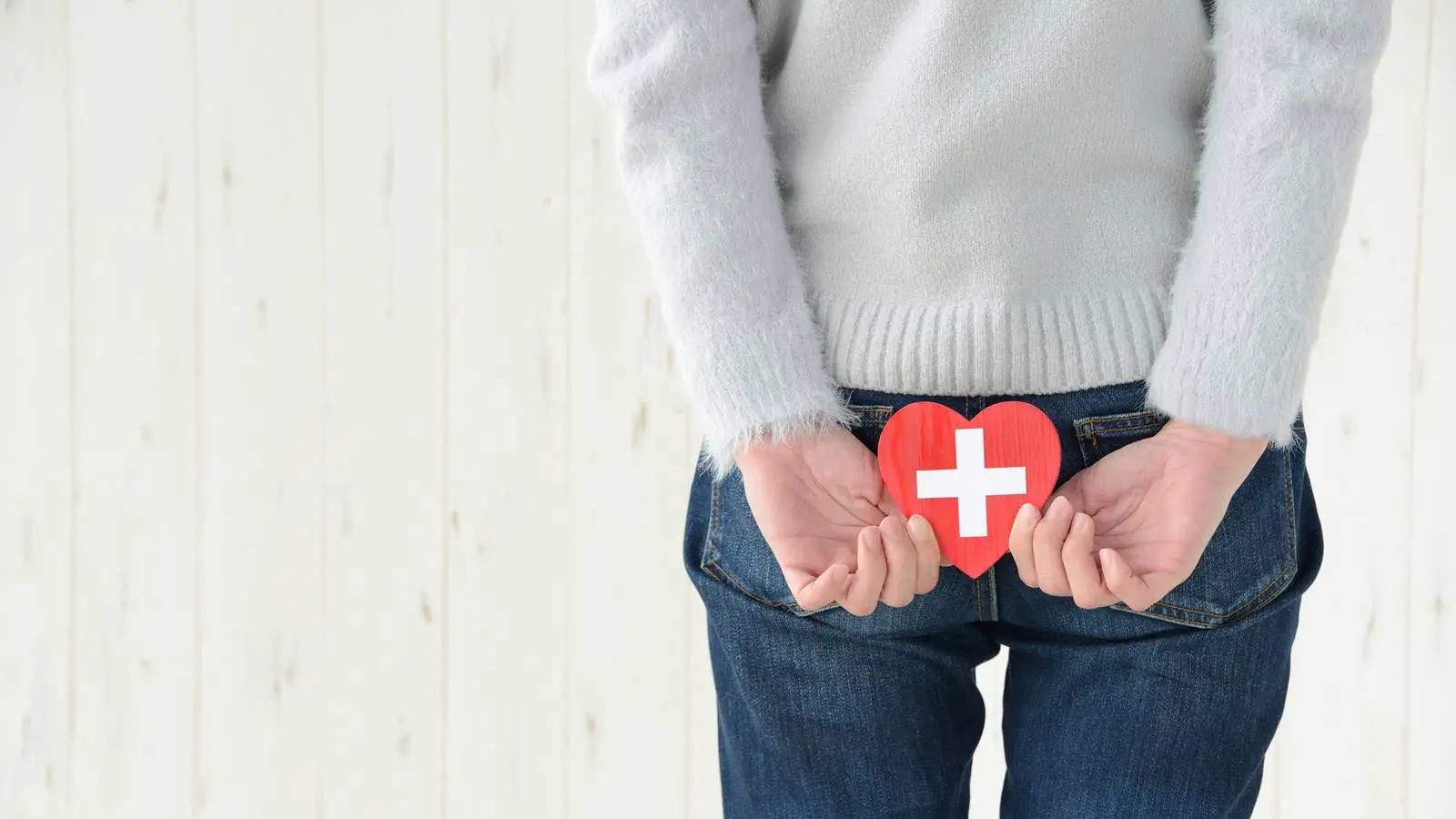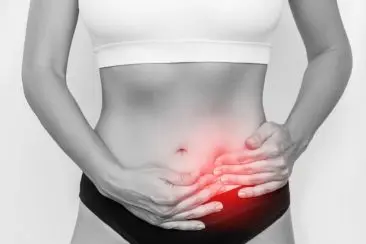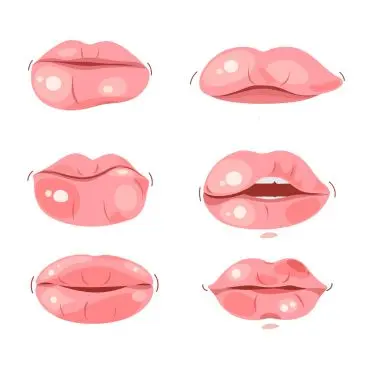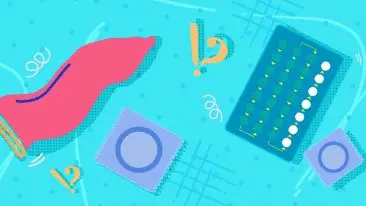How Do Haemorrhoids Form? And What You Can Do To Prevent Them?
What Causes Haemorrhoids?
Haemorrhoids form when blood vessels around the anus become swollen due to pressure, straining, or poor bowel habits. Prevention involves fibre, hydration, and avoiding prolonged sitting.
It is widespread to experience this pain at the bottom. You can prevent haemorrhoids (piles) by understanding what causes and how to treat them.
Haemorrhoids (or piles) are caused by swelling and inflammation of the blood vessels around the bottom opening. Your bottom may feel sore, itchy, or lumpy because of this.
You may be surprised to learn how common piles are. The number of people who will experience symptoms at some point in their lives is between 5 and 37%. Experts have found it challenging to get exact numbers because of the wide range of people involved. We might not seek help out of embarrassment since symptoms vary greatly.
What Causes Haemorrhoids (Piles)?
We all have haemorrhoids, which might surprise you. Anus blood vessels and tissue lines are located close to the opening. They are helpful because they let us sense what's in your rectum (where your large intestine ends before it meets your small intestine).
You can use them to determine whether you are experiencing gas, a normal poo, or possibly diarrhoea. A haemorrhoid also seals your anus to keep it shut. Put another way, they keep your poop until you're ready to empty it.
Inflammation or enlargement of haemorrhoids occurs when you strain or place pressure on them. As a result, discomforting symptoms such as burning, itching, swelling, and bleeding occur.
Several factors increase your chances of getting piles:
• When you poop, you regularly strain your bottom
• Constipation or diarrhoea for a long time
• Spend a lot of time sitting down
• Heavy lifting is part of your job
Internal vs. External Haemorrhoids: What’s the Difference?
Depending on their location, haemorrhoids can be internal (deep inside the anus) or external (close to the anal opening). There are few cases of external haemorrhoids, and they tend to appear suddenly. Having them hang down or come out of your anus can be painful.
The size of your pile is also determined by how far it comes from your anus. Depending on how many blood clots are inside the piles, the first-degree piles may be inside, and bleeding may occur, while the fourth-degree piles may hang down from the anus and become swollen and painful when the blood clots form inside them.
Don't worry, that's the most important thing. Haemorrhoids can be treated in a variety of ways.
Comparison of Internal and External Haemorrhoids
| Feature | Internal Haemorrhoids | External Haemorrhoids |
|---|---|---|
| Location | Inside the rectum | Under the skin around the anus |
| Pain Level | Usually painless | Often painful or itchy |
| Visibility | Not visible | May appear as lumps or swelling |
| Bleeding | Common | Less common |
| Treatment | Creams, fibre, surgery if needed | Creams, warm baths, minor surgery |
What to Do If You Have Haemorrhoid Symptoms
If you are experiencing piles symptoms, consult your pharmacist about over-the-counter medications. You should speak to a doctor if you've been in pain for over a week. Whenever you have symptoms, you should check to see if they are haemorrhoids or something more serious. Medications and treatments are also available.
How to Prevent Haemorrhoids: 6 Proven Lifestyle Tips
It is best to prevent haemorrhoids from occurring first to avoid the pain and discomfort they cause. A simple lifestyle habit can make a big difference. You can lower your risk by following these 6 tips:
1. Don’t Sit Too Long
Whether for work or relaxation, sitting down for long periods can put pressure on your bottom and worsen haemorrhoids.
Experts now recommend too much time spent on the toilet. As a result, your anus' blood vessels can be strained. When you feel like there's more to do, but nothing's coming, get up and return later rather than sitting and straining.
When you are on the toilet for a long time, leave your phone somewhere else so you will only be tempted to scroll some of the time.
2. Eat Plenty Of Fibre
A lack of regular pooping can lead to piles. A good rule of thumb is to poop around once a day, but it varies from person to person.
Adding more fibre to your diet can help you become more regular - experts recommend 30g daily. If you want to increase your fibre intake, you must add a little to each meal.
Breakfast – Eat cereals, oats, and fruit that are high in fibre.
Lunch – carrots, broccoli, peppers, and spinach are good vegetables to eat with whole-grain bread.
Dinner - eat pulses, whole grain pasta, and leafy greens as well as rice or pasta with whole grains.
3. Drink More Water
To have healthy poos, you need to stay hydrated. Drinking enough water makes our stools smoother, preventing constipation and decreasing straining and piles risk. Drinking 6-8 glasses of water daily will benefit your whole body.
4. Try A Poo Stool
According to new research, using the toilet correctly makes a difference. While sitting on the toilet, you can change your sitting angle by using a footstool (scientifically known as a 'defecation postural modification device') under your feet. You should sit in a more squatting position to reduce strain and make pooing easier.
5. Try To Go When You Feel The Urge
A dehydrated poo becomes more challenging to pass the longer it sits in your colon. Going to the toilet as soon as you feel the urge to poop is important.
6. Keep It Moving
Being active helps ensure regular bowel movements and reduces the time you spend sitting, which puts pressure on the blood vessels in your lower abdomen. Incorporating exercises such as walking, jogging, yoga, and swimming is excellent.
The problem can, however, be exacerbated by certain exercises. It is best to avoid activities that increase pressure on sensitive areas or cause strain, such as heavy lifting, biking or horseback riding if you are prone to piles or are concerned about symptoms.
Frequently Asked Questions About Haemorrhoids
What are the main causes of haemorrhoids?
Haemorrhoids are commonly caused by straining during bowel movements, chronic constipation, prolonged sitting, or a low-fibre diet.
How can I tell if I have internal or external haemorrhoids?
Internal haemorrhoids are usually painless and cause bleeding, while external haemorrhoids appear as lumps near the anus and may cause itching or pain.
What home treatments work best for haemorrhoids?
At-home treatments include high-fibre foods, increased water intake, warm baths, over-the-counter creams, and avoiding long periods of sitting.
Can sitting too long really cause piles?
Yes, sitting for extended periods—especially on the toilet—puts pressure on the anal veins and increases your risk of developing piles.
Is it okay to exercise if I have haemorrhoids?
Light to moderate exercise like walking or yoga is beneficial. Avoid heavy lifting or activities that strain your lower body.
When should I speak to a doctor about haemorrhoids?
Consult a doctor if your symptoms last more than a week, cause severe pain or bleeding, or are accompanied by changes in bowel habits.
Can I get treatment for haemorrhoids online?
Yes, Mobi Doctor offers online consultations where licensed physicians can diagnose and recommend treatment for haemorrhoids safely and discreetly.
When to See a Doctor About Haemorrhoids
Consult a pharmacist or doctor if you are experiencing burning or bleeding around your anus, pain or itching.
Consult a doctor if you experience any of the following symptoms:
• Sitting down or going to the bathroom is painful for you because you're in severe pain
• Whether it's bright red or black, your poo has blood
• You've been experiencing abdominal pain for a long time
• Unexplained weight loss is affecting you
• Changes in your bowel habits
If you have haemorrhoid symptoms and need expert advice and treatment, you can consult Mobi Doctor. Mobi Doctor has trained and experienced professionals who diagnose and manage haemorrhoids and other gastrointestinal conditions.






